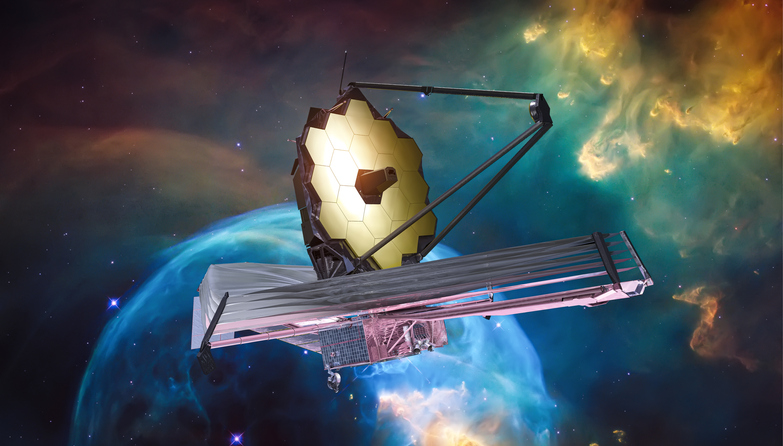The James Webb Telescope discovered the first supernova

The telescope saw the supernova twice in five days.
The tool is not designed for such searches.
Astronomers now hope it can be used for such missions.
Four days ago, the James Webb Space Telescope (JWST) broke its own record for the most distant galaxy ever. A week ago, a team discovered the observation of a galaxy that existed 400 million years after the Big Bang. This week, a new analysis revealed a galaxy only 235 million years after the Big Bang.
JWST observed the first supernova
Now, according to a report from Inverse, the tool may have spotted its first supernova.
“We suspect it’s a supernova,” Mike Engeser, an astronomer at the Space Telescope Science Institute (STScI), told Inverse.
What made the discovery even more alarming was that the telescope was not built for such discoveries.
The galaxy in which the supernova is located is called SDSS.J141930.11+5251593 and was observed twice by JWST over a five-day period. The instrument found that the supernova had slowed slightly during that time.
This is considered typical supernova behavior.
“We need more time series data to make a determination, but the data we have matches the supernova, so it’s a good candidate,” Engeser said.
Not designed for such searches
“Primarily, this is exciting because we have demonstrated that we are able to detect and detect new transients with the web, which JWST was not designed to do,” Engeser added. “But it’s something we’re showing we can do in an ad hoc way.”
Searching for celestial objects such as supernovae is usually left to ground telescopes, making the search even more exciting and unique. This demonstrates JWST’s unique versatility and power.
The new discovery is particularly exceptional because JWST only sees a small patch of the sky compared to ground telescopes.
“So the actual probability of finding a transient in the area we’re looking at is very small — or at least we thought it would be small,” Engeser said. “But as you’ve probably heard, at this point every JWST field is a deep field, so there are galaxies everywhere, and now we’re thinking, oh, we’ll always have a really good chance of finding a supernova.”
Supernovae, by their very nature, fade within months, meaning that astronomers often cannot see their later stages. These milestones are important for scientists trying to learn more about the types of stars that exploded, including the physics of those stellar explosions.
JWST’s deep view of the universe can now reveal much-needed details even years after a supernova’s formation. These details, in turn, can help scientists understand the fabric of the universe and how it has spread and expanded over time. Way to go, JWST! We look forward to more discoveries!